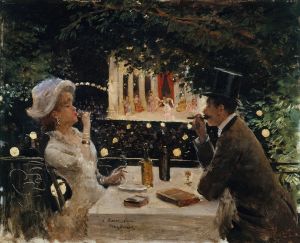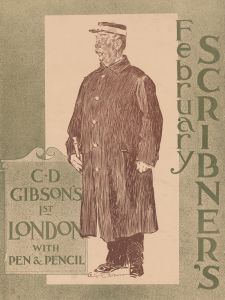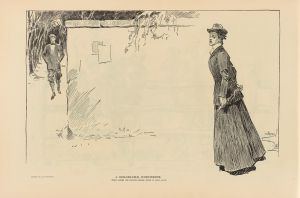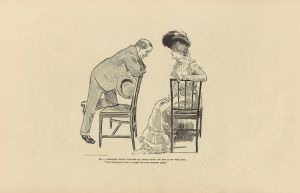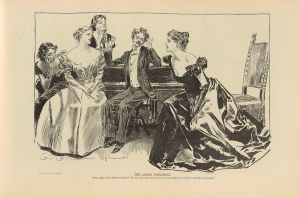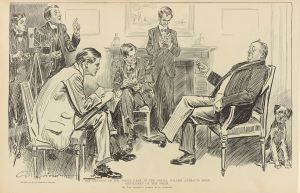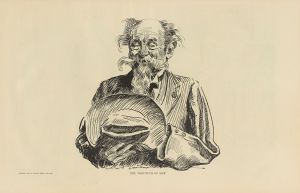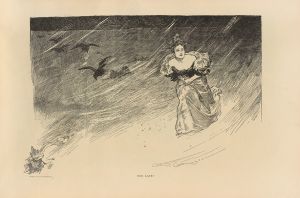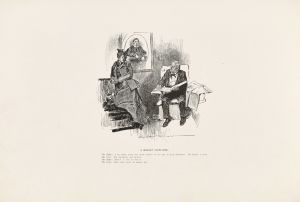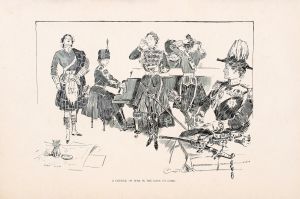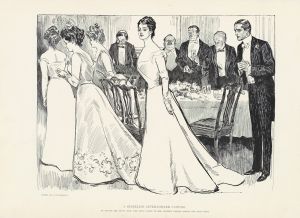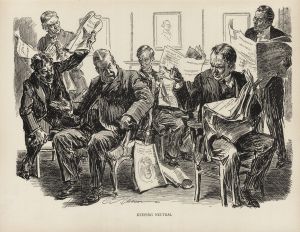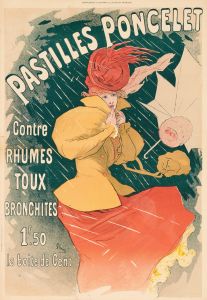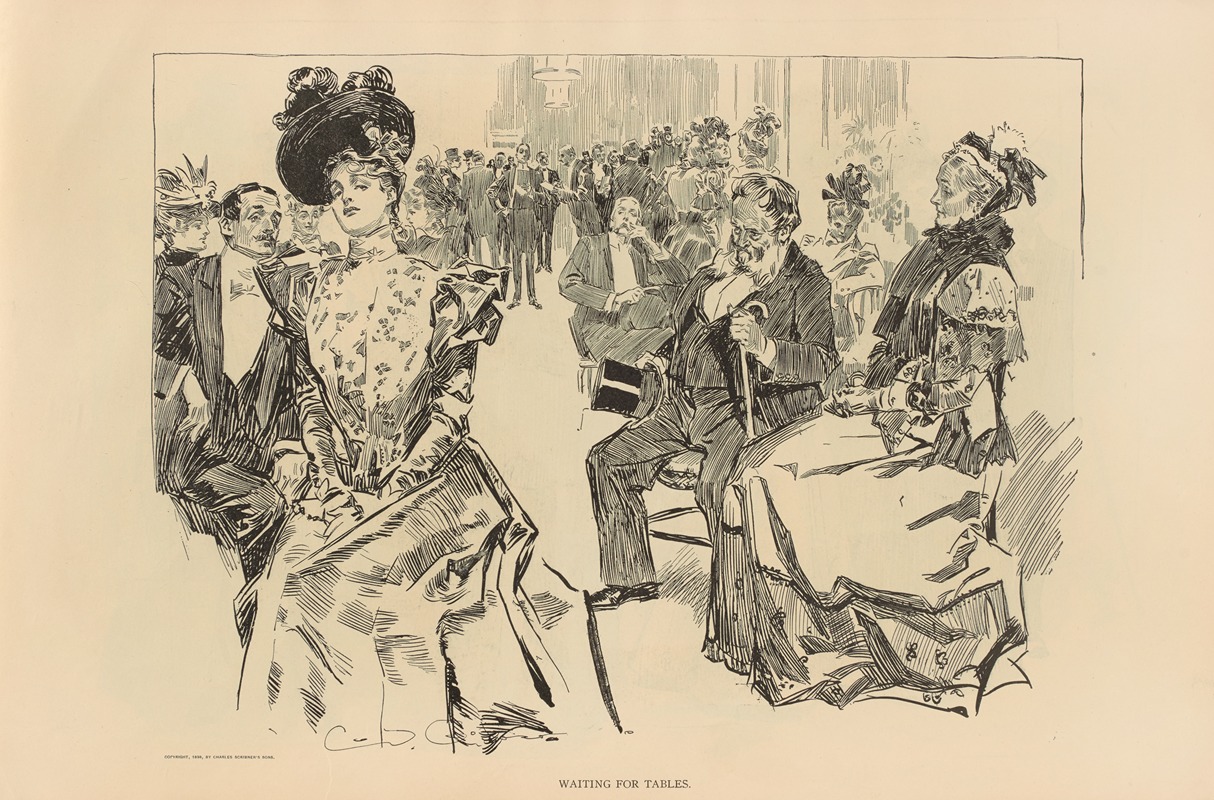
Waiting for tables
A hand-painted replica of Charles Dana Gibson’s masterpiece Waiting for tables, meticulously crafted by professional artists to capture the true essence of the original. Each piece is created with museum-quality canvas and rare mineral pigments, carefully painted by experienced artists with delicate brushstrokes and rich, layered colors to perfectly recreate the texture of the original artwork. Unlike machine-printed reproductions, this hand-painted version brings the painting to life, infused with the artist’s emotions and skill in every stroke. Whether for personal collection or home decoration, it instantly elevates the artistic atmosphere of any space.
"Waiting for Tables" is an illustration by Charles Dana Gibson, an influential American graphic artist best known for his creation of the "Gibson Girl," an iconic representation of the American woman at the turn of the 20th century. Gibson's work was widely published in magazines such as Life, Harper's Weekly, and Scribner's, and his illustrations played a significant role in shaping the visual culture of his time.
Charles Dana Gibson was born on September 14, 1867, in Roxbury, Massachusetts. He studied at the Art Students League in New York City, where he honed his skills in pen-and-ink drawing. Gibson's career took off in the 1890s, and he became one of the most celebrated illustrators of his era. His work is characterized by its detailed line work and the ability to capture the subtleties of social interactions and fashion.
"Waiting for Tables" is one of Gibson's many illustrations that depict scenes of social life among the upper classes. While specific details about the creation and publication of "Waiting for Tables" are not extensively documented, it is consistent with Gibson's style and thematic focus during his peak years. The illustration likely portrays a scene in a fashionable restaurant or café, capturing the nuances of social etiquette and the leisurely lifestyle of the well-to-do during the late 19th or early 20th century.
Gibson's illustrations often featured elegantly dressed men and women, and "Waiting for Tables" is no exception. The figures in his works are typically depicted with a sense of poise and sophistication, reflecting the societal norms and expectations of the time. The "Gibson Girl," in particular, became a cultural icon, representing an idealized version of femininity that was independent, confident, and stylish.
The impact of Gibson's work extended beyond the pages of magazines. His illustrations influenced fashion, with many women emulating the hairstyles and clothing of the "Gibson Girl." The popularity of his work also contributed to the rise of illustration as a respected art form in the United States.
Charles Dana Gibson continued to produce illustrations throughout his career, although his style evolved over time. He eventually retired to Maine, where he focused on painting. Gibson passed away on December 23, 1944, leaving behind a legacy that continues to be celebrated in the fields of art and illustration.
While "Waiting for Tables" may not be as widely recognized as some of Gibson's other works, it remains a testament to his skill in capturing the essence of his era. His ability to convey the subtleties of social interaction and fashion through his illustrations has ensured his place in the annals of American art history.





